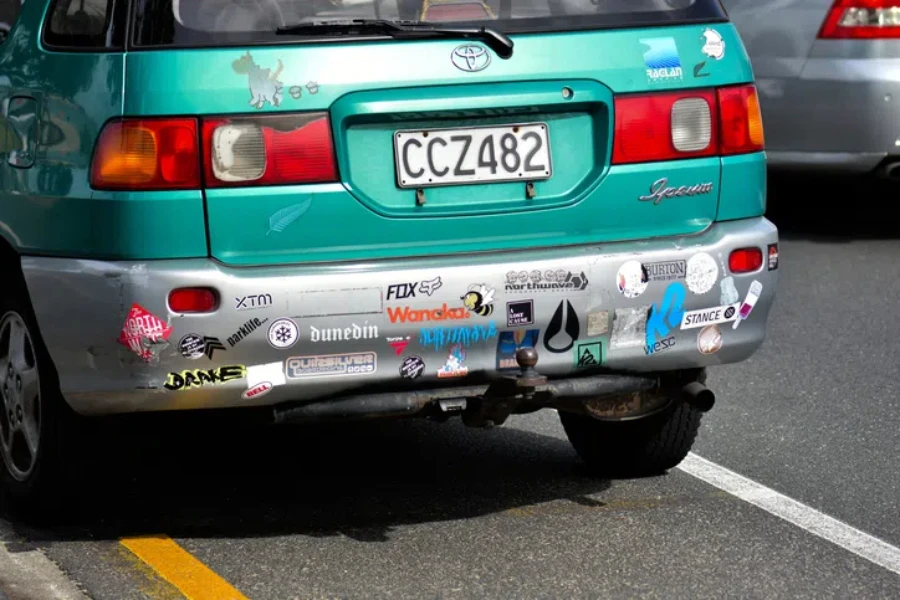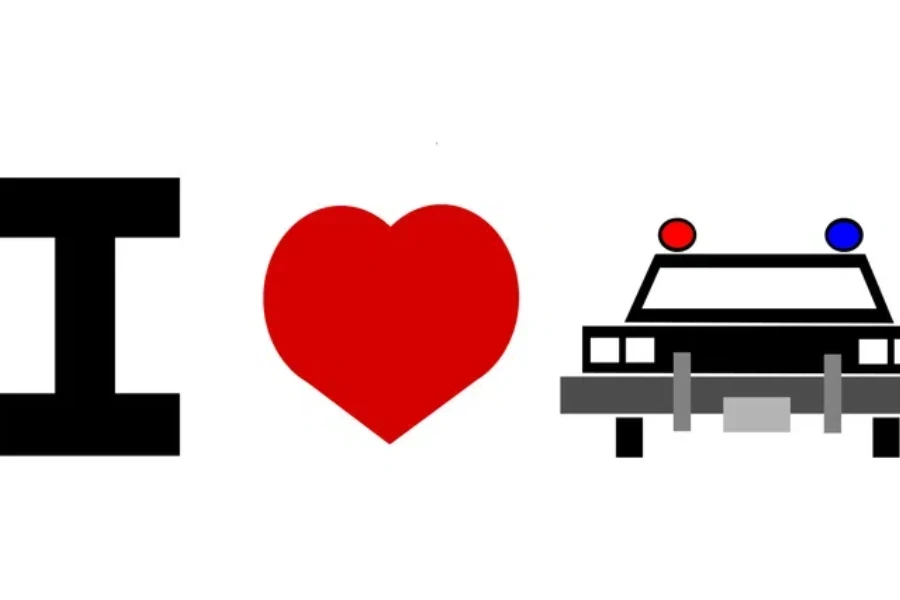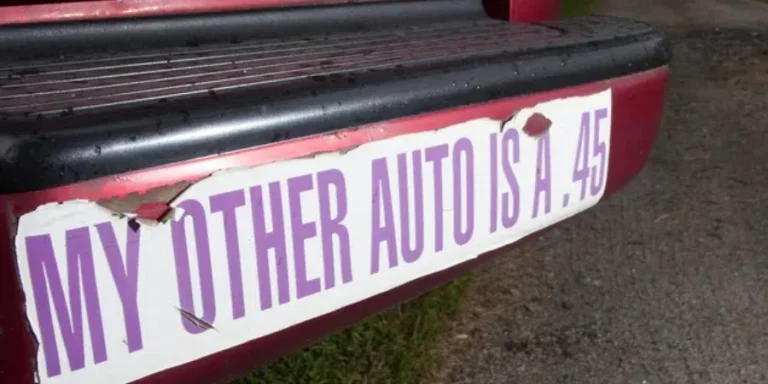You know those little bits of sticky rectangular paper on the back of my car? Not the licence plates, and not the big ugly logo of who’s paying for the car, but the scented invitation to enter my personal world of thought and preference, my bumper stickers? This article is for and about these fleet-footed freebooters, the upstarts of the mobile messaging world. These little scraps of self-expression move with the vehicle, displayed and ready for the world to see, but wait — the mobile part is significant. More than just stickers, bumper stickers have a history, a life, a mind and a material all their own, and that life, history, mind and material all serve specific and distinct functions for their users. In the pages that follow, I try to parse out these elements. Perhaps my motivation is to reassure the first-time buyer — the novice ‘bumpersta’ who’s venturing out to browse the bumper-sticker rack for the first time. But, since I’m also a collector of bumper stickers, possibly my motivation is self-aggrandising.
Table of Contents:
– The history of bumper stickers
– Materials and durability
– Design and customization
– Application tips and tricks
– Removal and maintenance
The history of bumper stickers:

From its beginning in the early 20th century as simple flags and banners, attached to the back of cars mostly by their owner’s hand, and later to the front grille or tailgate using string and wooden pegs, the bumper sticker has been with us for more than 100 years — while the modern sticker and its adhesive paper, first available in the 1940s, have been a boon to promoters who seek easy access to a new market for their wares. From the early years of US presidential elections through Vacationland and quaint roadside attractions, and the first cars adorned by individual owners’ personal messages, to the modern of era of late-capitalism’s commercialisation of all things and hyper-political toilet humour — the advent of the bumper sticker, the story of which is still largely to be written, showcases, when fully plumbed for detail and context, an interesting trend-line of cultural changes in terms of what we find funniest and what angers us most as a collective society.
Materials and durability:

The reason why bumper stickers don’t last more than a few years, despite their claims to immortality, is the choice of material. High-quality vinyl is the most common substrate used for commercial bumper stickers. Depending on the market, other substrates such as paper, plastic film and weather printed cloth are also used. Obviously, vinyl is by far the most durable and provides the clearest printing. Bumper stickers are exposed to the weather elements all the time: rain, snow, and especially sunlight. The latest technologies in adhesive allow them to last for years, sometimes well beyond the owner’s attention, refusing to relinquish their place no matter how badly the paint has been scratched. Designers also have the option of decorating bumper stickers with reflective materials or holographic; the difference in visibility and look is dramatic. Understanding available materials helps consumers decide what kind of bumper sticker is needed.
Design and customization:

While what you write on your sticker is ultimately your own original message, the layout of the sticker is where craftiness and practicality meet. Your sticker has a variety of spaces to fill, so the words you choose can take pride of place on a bumper sticker but can also be combined with multiple graphics, logos or memes. Custom design has never been as easy or affordable as today because you benefit from the technology of digital printing. And it’s worth taking the time to consider colour contrast, font legibility and hierarchy, so that the viewer at a distance can read and absorb your message.
Application tips and tricks:

You’ve bought your bumper sticker, and now all you have to do is apply it. Or do you? Here are some trade secrets to ensure your bumper sticker looks professional and will last as long as possible. Start with a clean and ready surface for application. Cleaning the surface ensures that your sticker sticks. Smoothing with a hard tool, like a credit card, helps avoid those annoying bubbles and creases that make the sticker look amateurish. Think carefully about placement: stickers tend to not look good when they are too high off the ground or too low near an existing bumper. Angling and placement also impact how readable the sticker is to other drivers. Consider placement as part of a larger aesthetic for your vehicle. The better the application of your bumper sticker, the longer it will last while avoiding damage to your paint and finish.
Removal and maintenance:

Most likely, the day will come when you need to take off or replace a bumper sticker. With a little patience and the proper method, the sticker should come off successfully and easily without damaging your vehicle. The sticker adhesive can be softened by heating with a hair dryer. Then, the sticker can be gently removed from the surface, being careful not to peel off the vehicle’s surface, as well. With the aid of automotive-specific solvent, the hardened residual sticker adhesive can be gradually removed. Plus, a little maintenance, such as cleaning and inspecting the sticker for wear, will keep the sticker alive for a longer time and make it look good.
Conclusion:
Bumper stickers are a portable, visible and – to its owner – sometimes very important way to express yourself on the open road. Why not take a look, over the coming weeks, at the history of the bumpersticker and all of its modern incarnations in materials, meaning and design? And, while you’re at it, large and small, be on the road, not the curb or the scrapheap. Take good care of your bumper stickers, and they’ll take good care of you. From the selection, application and care of your sticker, to the debate over bumper sticker sizes and shapes, to the meaning and history of those ubiquitous little messages, you can become an expert.




